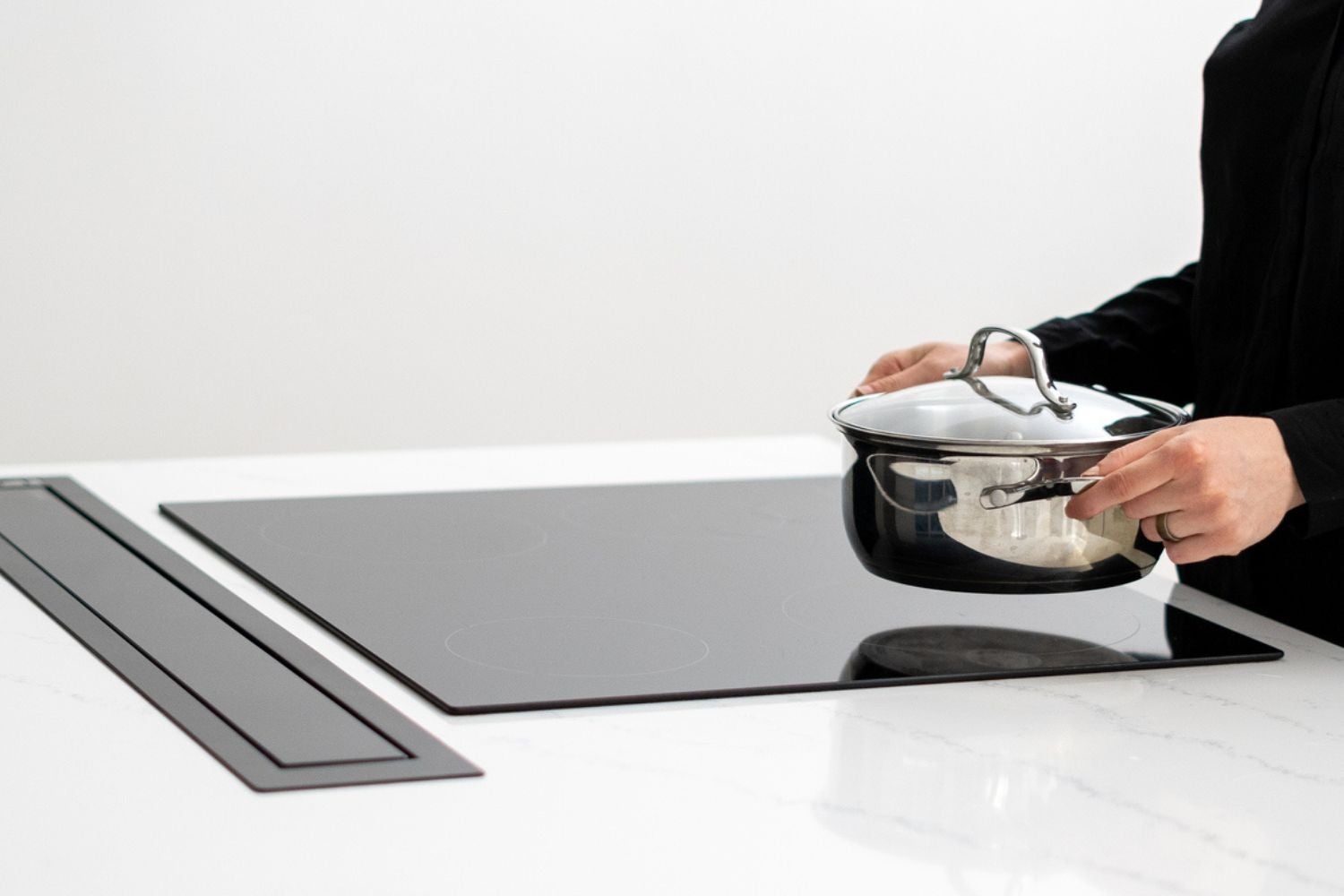

Articles
How Much Is A Glass Stove Top
Modified: August 17, 2024
Looking for articles on how much a glass stove top costs? Find out the price range and factors that affect the cost of glass stove tops in this informative guide.
(Many of the links in this article redirect to a specific reviewed product. Your purchase of these products through affiliate links helps to generate commission for Storables.com, at no extra cost. Learn more)
Introduction
A glass stove top can be an elegant and functional addition to any kitchen. With its sleek and modern appearance, it adds a touch of sophistication to your culinary space. However, when it comes to purchasing a glass stove top, many factors come into play, including the price. Understanding how much a glass stove top costs is essential for making an informed decision.
In this article, we will explore the pros and cons of glass stove tops, factors that determine their price, the average cost you can expect to pay, and how they compare to other types of stove tops. We will also provide tips on how to choose the right glass stove top for your needs.
So, if you’re considering upgrading your kitchen with a glass stove top or simply curious about their pricing, sit back and let’s explore the world of glass stove tops together.
Key Takeaways:
- Glass stove tops offer an elegant aesthetic, even heat distribution, and easy cleaning, but they can be prone to scratches and visible smudges. Consider your cooking needs and budget when choosing one.
- Factors influencing the price of a glass stove top include brand reputation, size and style, material and construction, features and technology, installation costs, and warranty coverage. Research and compare prices to find the best deal for your budget and needs.
Read more: How To Set Clock On GE Glass Top Stove
Pros and Cons of Glass Stove Tops
Glass stove tops offer several advantages that make them a popular choice among homeowners. Here are some of the pros:
- Elegant Aesthetic: Glass stove tops have a sleek and modern appearance that adds a touch of sophistication to your kitchen. The smooth and flat surface is visually appealing and easy to clean.
- Even Heat Distribution: Glass stove tops provide consistent heat distribution, ensuring that your food cooks evenly. This allows for precise temperature control and helps you achieve better cooking results.
- Easy to Clean: Cleaning a glass stove top is a breeze. Since the surface is flat and smooth, there are no crevices or grates to scrub. A simple wipe with a damp cloth or a non-abrasive cleaner is usually all it takes to keep it sparkling clean.
- Energy Efficient: Glass stove tops heat up quickly and retain heat efficiently. They require less energy to reach and maintain the desired cooking temperature, making them more energy-efficient compared to other types of stoves.
- Versatile Design Options: Glass stove tops come in various colors and styles, allowing you to choose one that complements your kitchen decor and personal preferences.
Despite their many benefits, glass stove tops also have a few drawbacks to consider:
- Scratches and Stains: Glass stove tops can be prone to scratches and stains if not properly cared for. Metal pans, rough-bottomed cookware, or abrasive cleaning materials can cause scratches or discoloration on the surface.
- Visible Smudges and Spills: While a clean glass stove top looks stunning, it is more likely to show smudges, fingerprints, and spills. Regular cleaning and attention to detail are required to maintain its pristine appearance.
- Fragility: Glass stove tops are more fragile than their counterparts, such as gas or electric coil stoves. Dropping a heavy object on the surface or sudden temperature changes can cause it to crack or shatter.
- Higher Cost: Glass stove tops tend to be more expensive than other types of stoves, initially adding to the overall kitchen renovation or appliance budget.
By considering these pros and cons, you can decide if a glass stove top is the right choice for your kitchen and lifestyle.
Factors That Determine the Price of a Glass Stove Top
When it comes to the price of a glass stove top, several factors come into play. Understanding these factors can help you determine why certain models are priced higher than others. Here are the key factors that influence the cost:
- Brand and Quality: The reputation and quality of the brand play a significant role in determining the price of a glass stove top. Well-known brands with a track record of producing high-quality appliances generally come with a higher price tag.
- Size and Style: The size and style of the glass stove top also impact the price. Larger stove tops with more burners or additional features like a built-in griddle or a downdraft ventilation system tend to be more expensive.
- Material and Construction: The quality of the glass used in the stove top construction can vary. Some glass stove tops feature reinforced or tempered glass, which is more durable and less prone to cracks and scratches. These factors can affect the price point.
- Features and Technology: Advanced features and technology can significantly impact the price of a glass stove top. Models with touch controls, digital displays, timers, and smart connectivity tend to be priced higher due to the added convenience and functionality they offer.
- Installation: The cost of installation should also be taken into account. If you need to hire a professional for installation, this will add to the overall cost. Additionally, if any modifications or upgrades need to be made to the electrical or gas supply, these expenses should be considered as well.
- Warranty and Service: The length and coverage of the warranty provided by the manufacturer can affect the price. A longer and more comprehensive warranty often indicates higher quality and may justify a higher price.
It’s important to note that while price is a significant consideration, it should not be the sole determining factor when choosing a glass stove top. Assessing your needs, lifestyle, and budget will help you strike a balance between the price and the features that matter most to you.
Average Cost of Glass Stove Tops
The cost of a glass stove top can vary depending on the brand, size, features, and other factors. On average, you can expect to pay between $500 to $2,000 for a glass stove top. However, it’s important to note that this is a general price range, and actual prices may fall outside of these limits.
Entry-level glass stove tops, typically with basic features and a smaller size, can be found in the lower end of the price range. These models usually range from $500 to $800. They provide the essential functions and are suitable for those on a tighter budget or with simpler cooking needs.
Mid-range glass stove tops, which offer a balance between features and price, usually fall in the range of $800 to $1,500. These models often come with additional features such as touch controls, larger cooking surfaces, and specialized burners or elements for more precise cooking.
High-end glass stove tops, with premium brands, advanced technology, and larger sizes, can cost anywhere from $1,500 to $2,000 or more. These models offer top-of-the-line features, cutting-edge design, and may include extras such as built-in griddles or powerful ventilation systems.
It’s worth noting that the prices mentioned above reflect the cost of the glass stove top itself and do not include installation expenses or any additional modifications that may be required. These costs can vary depending on your location and the complexity of the installation process.
Furthermore, keep in mind that prices may also change over time due to factors such as market demand, availability, and the introduction of new models or technology.
While the average cost provides a general guideline, it’s essential to research and compare prices from different retailers and brands to find the best deal that fits your budget and requirements. Additionally, considering long-term durability and functionality can help ensure that you make a wise investment in your kitchen.
When cleaning a glass stove top, avoid using abrasive cleaners or scrubbing pads as they can scratch the surface. Instead, use a soft cloth and a non-abrasive cleaner specifically designed for glass stove tops.
Comparing Glass Stove Tops to Other Types of Stove Tops
When it comes to choosing a stove top, you have several options to consider. Let’s compare glass stove tops to other commonly available types to help you make an informed decision:
Gas Stove Tops:
- Pros: Gas stove tops offer instant heat and precise temperature control. They are popular among professional chefs and cooking enthusiasts who prefer the responsiveness of gas flames. Gas stoves also tend to be more affordable, and their burners can accommodate a wide range of cookware sizes.
- Cons: Gas stove tops require a gas supply and installation, which may involve professional assistance. They can be more challenging to clean compared to glass stove tops due to the presence of grates or burner caps. Gas stoves also pose a risk of gas leaks if not properly maintained or installed.
Electric Coil Stove Tops:
- Pros: Electric coil stove tops are widely available and usually come at a lower price point compared to glass stove tops. They are easy to maintain and clean, as the coils can be removed for wiping. Electric coils provide consistent and even heat distribution.
- Cons: Electric coil stove tops can be slower to heat up and cool down compared to glass tops. They may also be less efficient in terms of energy consumption. The coils can pose a challenge in terms of stability for large or heavy cookware.
Induction Stove Tops:
- Pros: Induction stove tops use electromagnetic fields to heat the cookware directly, providing rapid and precise heat control. They are energy-efficient, easy to clean, and offer a sleek aesthetic like glass stove tops. Induction stoves also offer safety features such as automatic shut-off and cool-touch surfaces.
- Cons: Induction stoves require specific cookware with magnetic properties to function. This may require purchasing new pots and pans. They also tend to have a higher initial cost compared to other types of stoves.
Comparing glass stove tops to other types ultimately comes down to personal preference and cooking habits. Glass stove tops provide a modern and elegant aesthetic, easy cleaning, and even heat distribution. However, gas and induction stoves excel in terms of immediate heat control and energy efficiency, respectively.
Consider your cooking style, budget, and priorities to determine which stove top type suits your needs best. Regardless of which option you choose, it’s important to ensure proper maintenance, safety precautions, and following the manufacturer’s guidelines for optimal performance and longevity.
Read more: How To Fix Samsung Glass Top Stove Burners
Tips for Choosing the Right Glass Stove Top
Choosing the right glass stove top requires careful consideration of your cooking needs, budget, and kitchen requirements. Here are some tips to help you make an informed decision:
- Determine Your Cooking Needs: Assess your cooking habits and requirements. Consider the number of burners or cooking zones you need, the size of your cookware, and any specific features or functions that are important to you, such as a simmer burner, rapid heating, or precise temperature control.
- Consider Your Kitchen Layout: Measure the available space in your kitchen to ensure that the glass stove top you choose fits properly. Consider the placement of the stove top in relation to other kitchen appliances and countertops.
- Research Different Brands: Look into reputable brands known for their quality and reliability. Read customer reviews and ratings to get an idea of the overall satisfaction level with a particular brand or model.
- Compare Features and Technology: Evaluate the features and technology offered by different glass stove tops. Consider touch controls, digital displays, timers, and safety features like child locks or automatic shut-off. Determine which features are essential to you and which ones are optional.
- Set a Realistic Budget: Determine your budget range before starting your search. This will help narrow down your options and prevent overspending. Remember to consider any additional costs, such as installation or modifications to your electrical or gas supply.
- Visit Showrooms or Retailers: Whenever possible, visit showrooms or retailers to see the glass stove tops in person. This allows you to get a better sense of their size, appearance, and build quality. You can also speak with knowledgeable staff who can provide more information and answer any specific questions you may have.
- Check Warranty and Service: Review the warranty provided by the manufacturer. Look for a longer warranty period and comprehensive coverage. Consider the reputation and availability of service centers in case any issues arise in the future.
- Consult with a Professional: If you’re not confident about measuring, installation, or making the right choice, consult with a professional installer or kitchen designer. They can guide you through the process and provide valuable insights based on their expertise.
By considering these tips, you can make a well-informed decision when choosing the right glass stove top for your kitchen. Remember to prioritize your cooking needs, budget, and desired features to find a stove top that enhances your culinary experience and complements your kitchen’s style.
Conclusion
Choosing the right glass stove top for your kitchen is an important decision that involves considering various factors such as price, features, and personal preferences. Glass stove tops offer several advantages, including an elegant aesthetic, even heat distribution, and easy cleaning. However, they also have some drawbacks, such as susceptibility to scratches and visible smudges. Ultimately, the choice between a glass stove top and other types like gas, electric coil, or induction stove tops comes down to your individual cooking needs and preferences.
When determining the price of a glass stove top, factors like brand reputation, size and style, material and construction, features and technology, installation costs, and warranty coverage all play a role. On average, glass stove tops can range from $500 to $2,000, depending on these factors. It is important to research and compare prices from different retailers to find the best deal that fits your budget.
Comparing glass stove tops to other types reveals that each has its own advantages and disadvantages. Gas stove tops offer instant heat control, while electric coil stove tops are more affordable. Induction stove tops provide energy efficiency and safety features. Consider your cooking style, budget, and priorities to find the stove top that suits your needs best.
When choosing a glass stove top, it is essential to determine your cooking needs, consider your kitchen layout, research different brands, compare features and technology, set a realistic budget, visit showrooms or retailers, check warranty and service options, and, if needed, consult with professionals for expert advice.
In conclusion, understanding the pros and cons of glass stove tops, the factors influencing their price, and how they compare to other stove top types can help you make an informed decision. By considering these factors and following the tips provided, you can choose a glass stove top that not only enhances the look of your kitchen but also meets your cooking requirements. Invest in a high-quality glass stove top and enjoy the elegance and functionality it brings to your culinary space.
Frequently Asked Questions about How Much Is A Glass Stove Top
Was this page helpful?
At Storables.com, we guarantee accurate and reliable information. Our content, validated by Expert Board Contributors, is crafted following stringent Editorial Policies. We're committed to providing you with well-researched, expert-backed insights for all your informational needs.
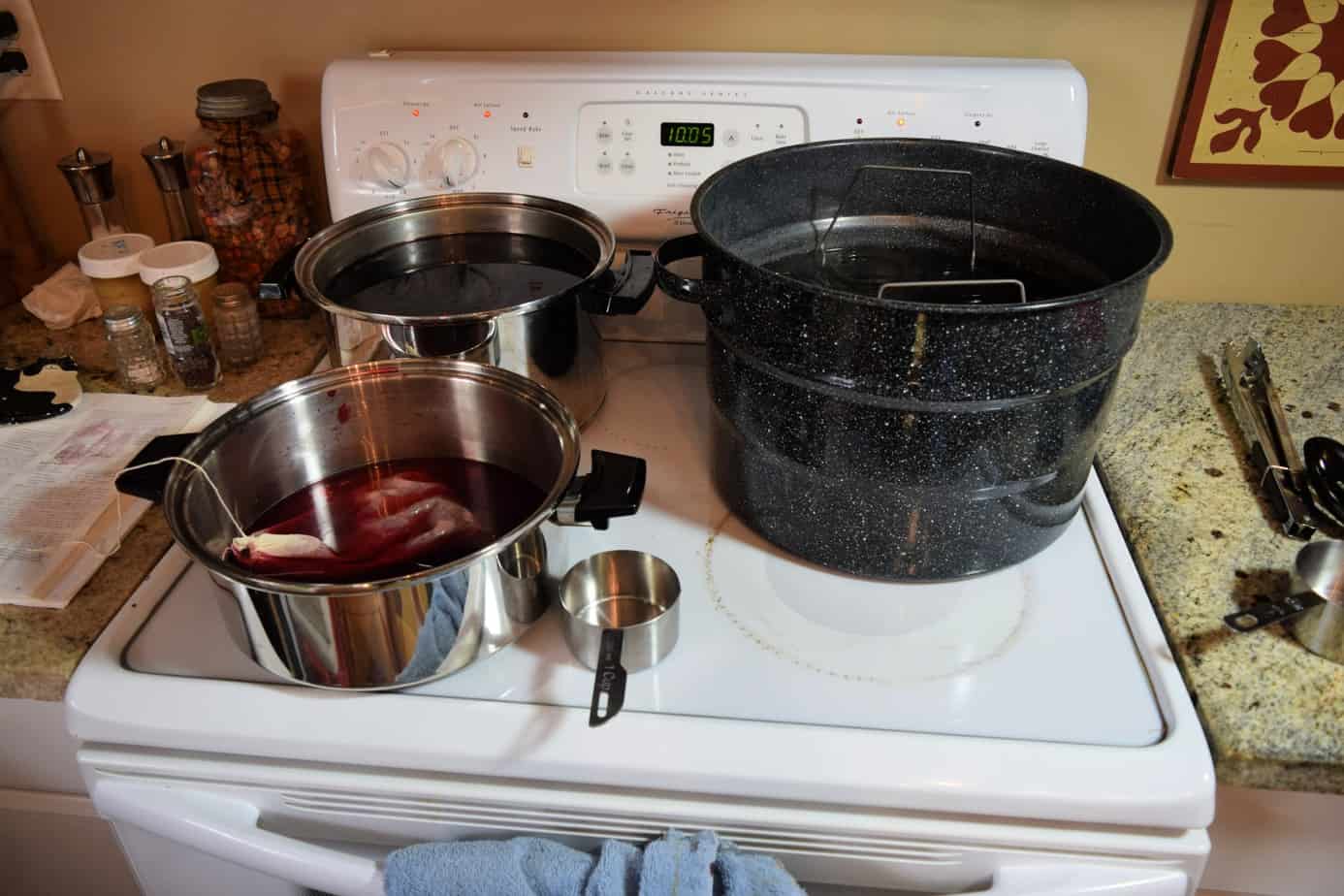
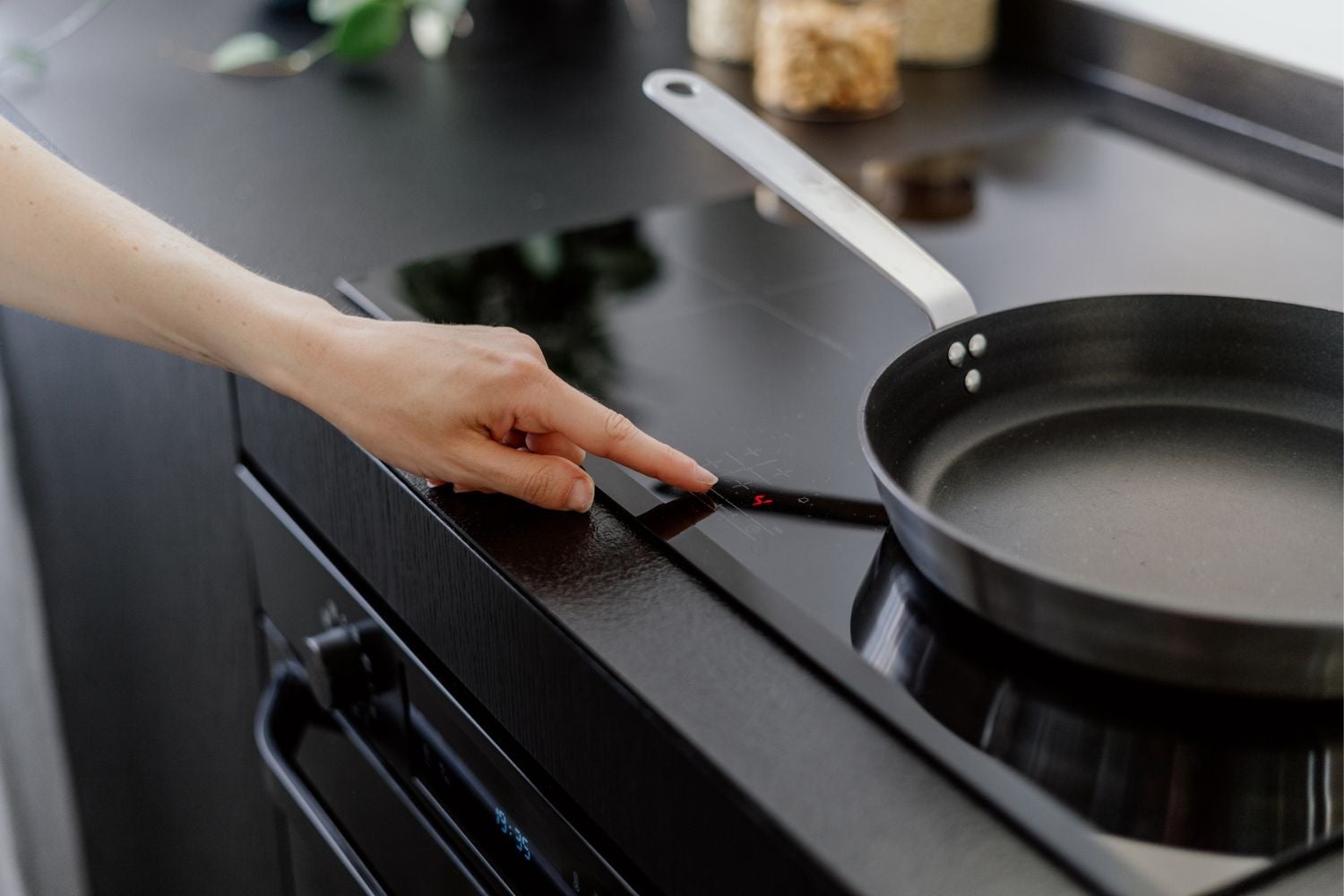
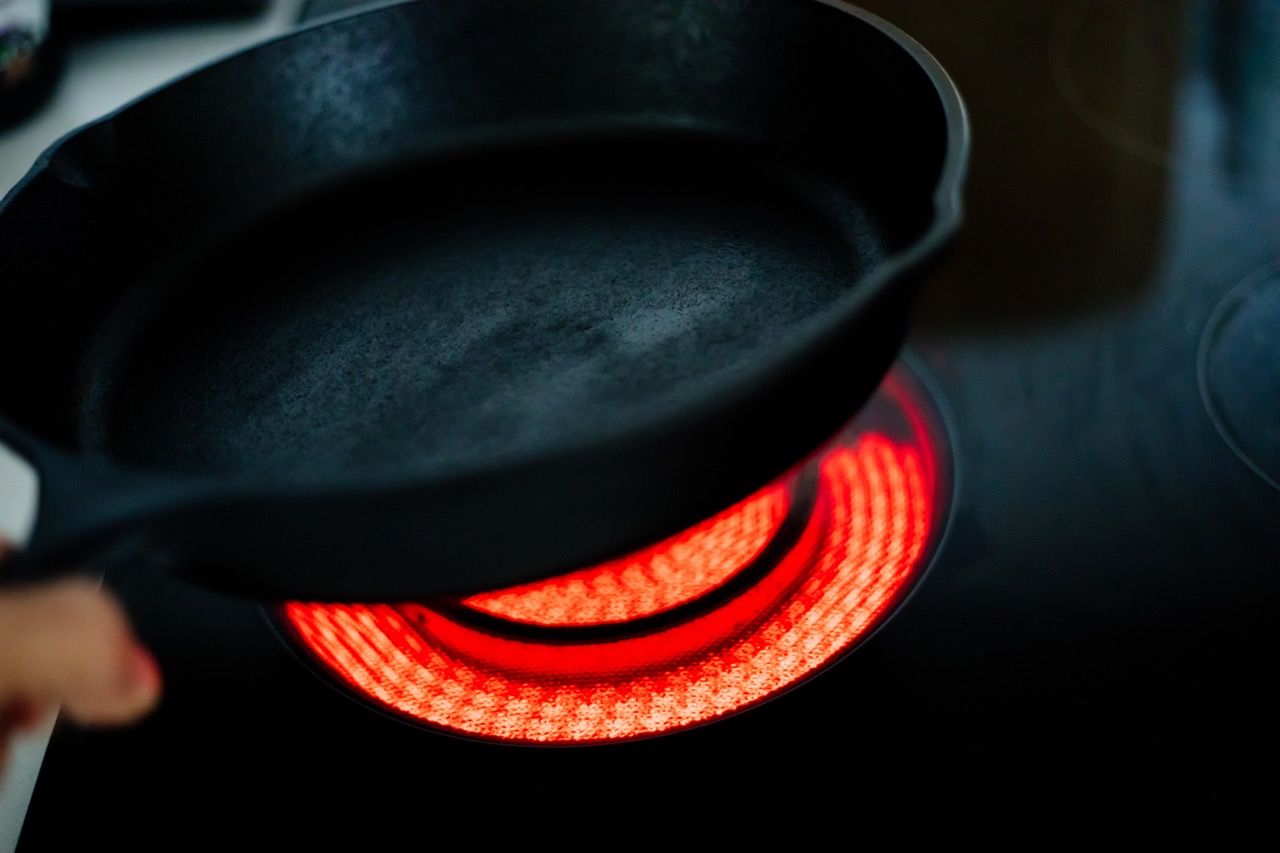
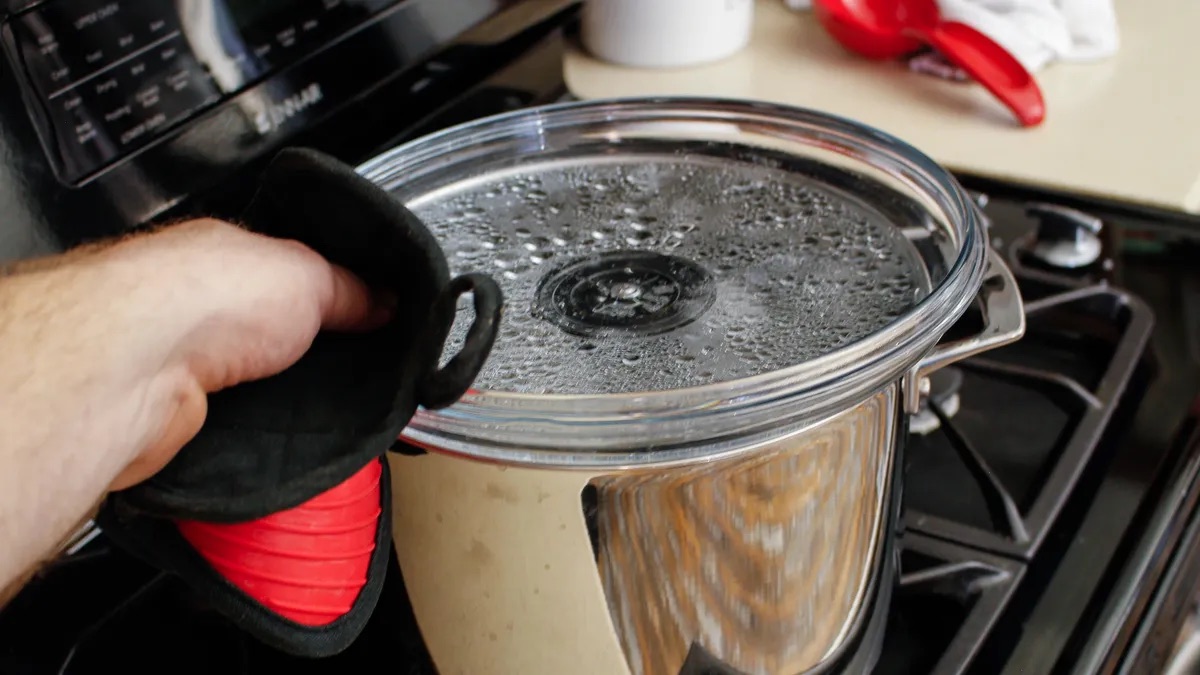
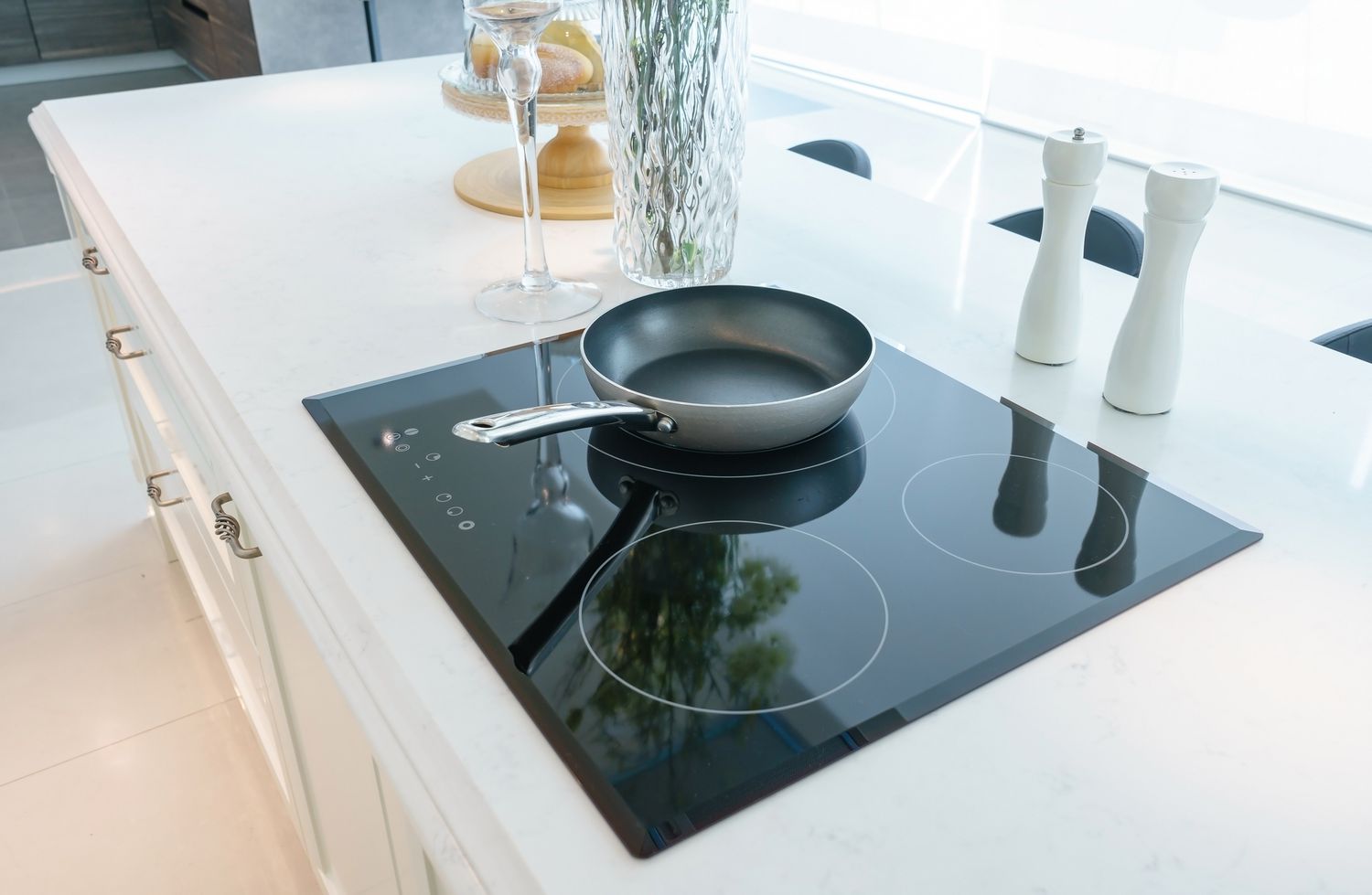
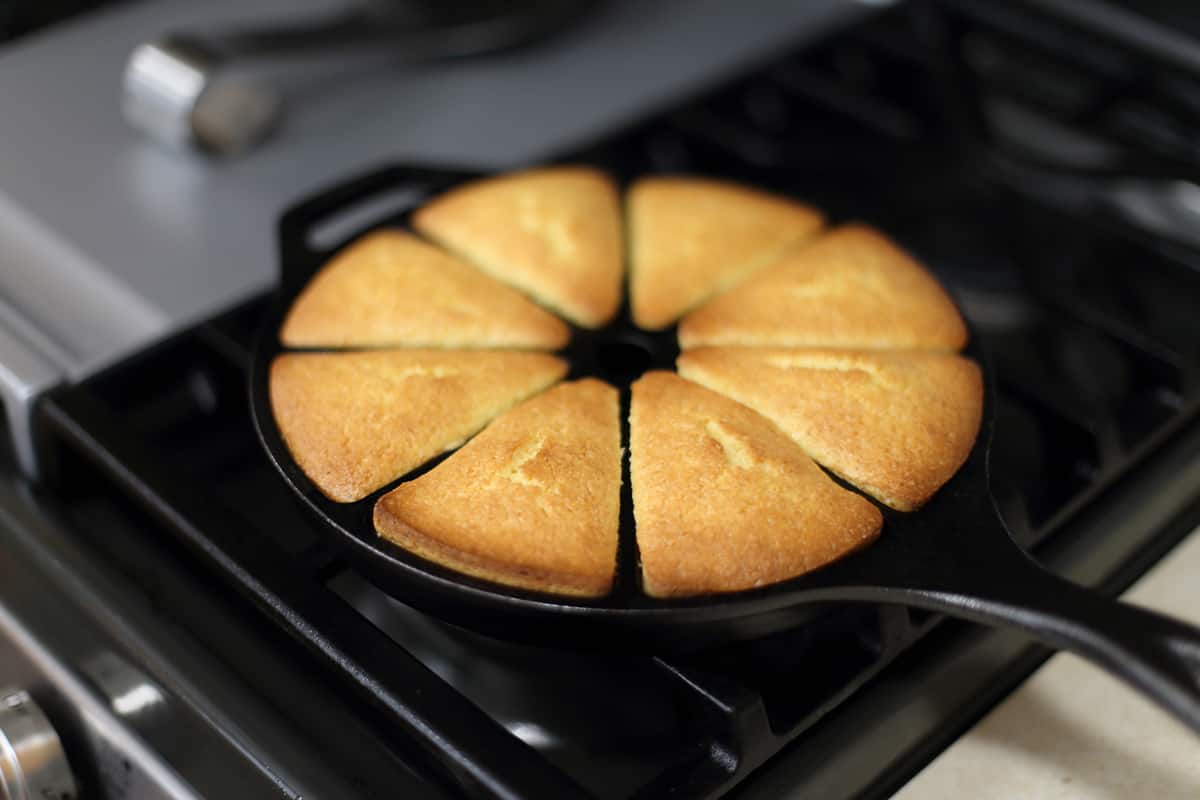
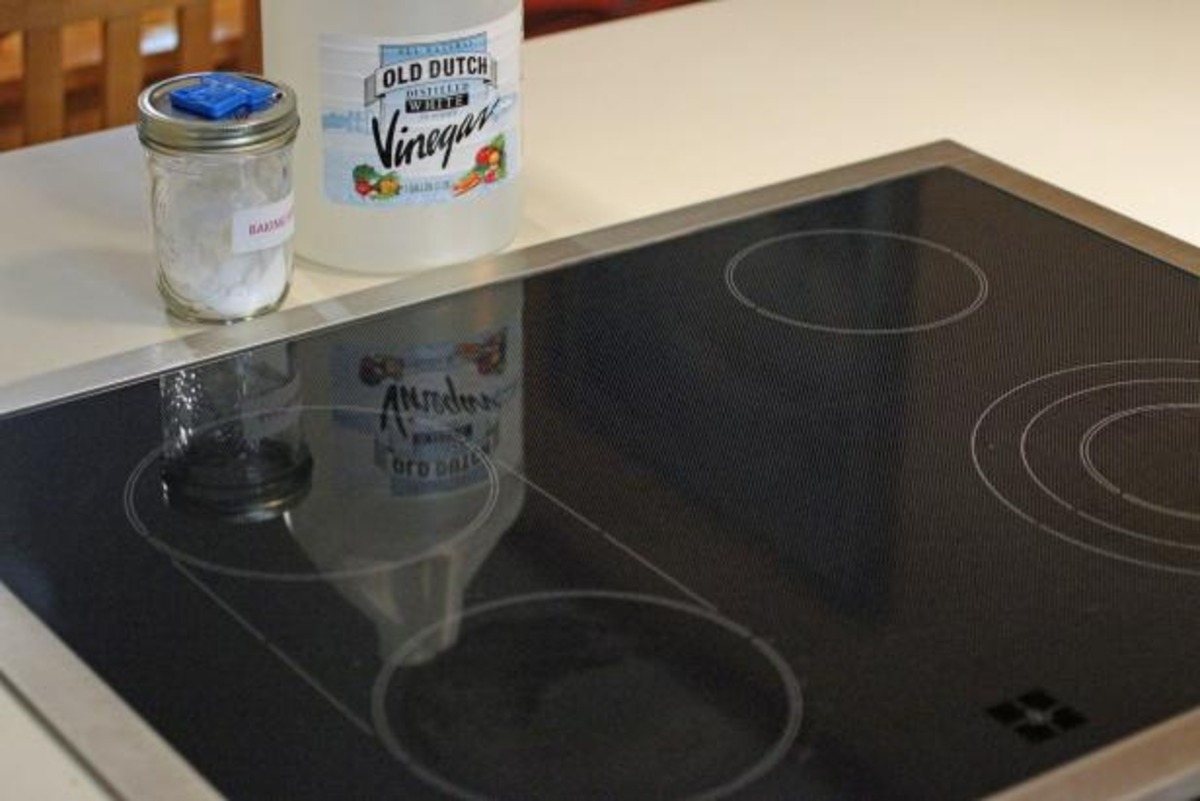
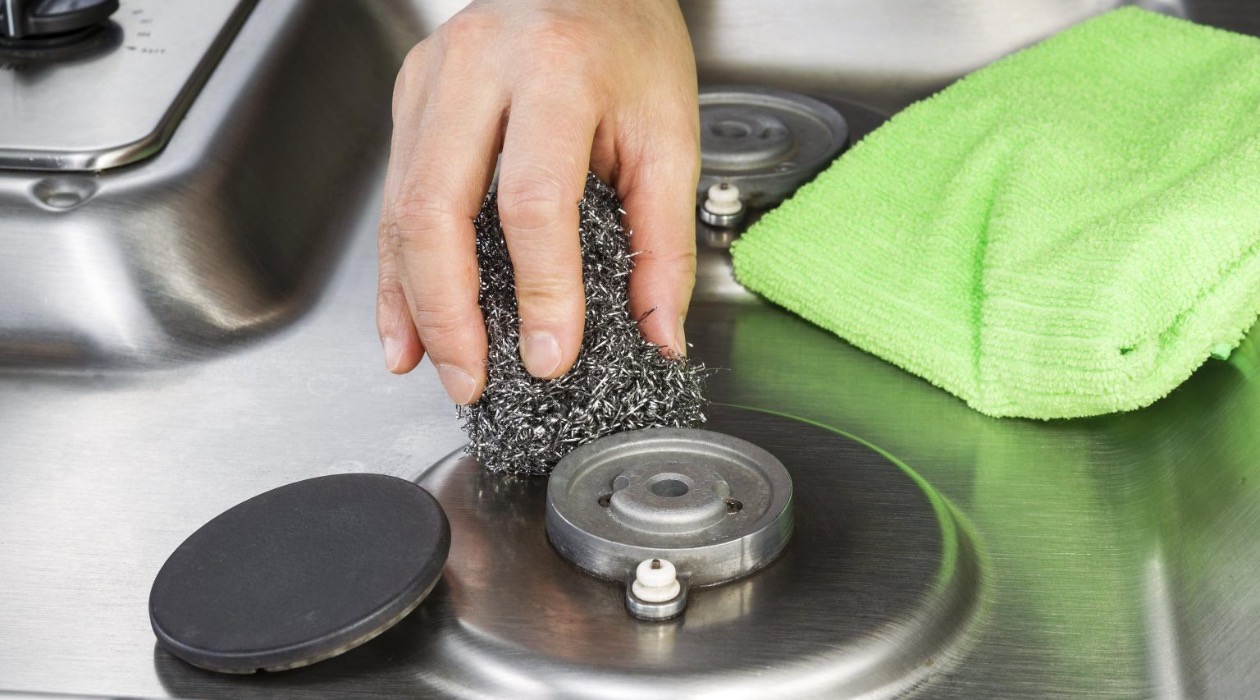
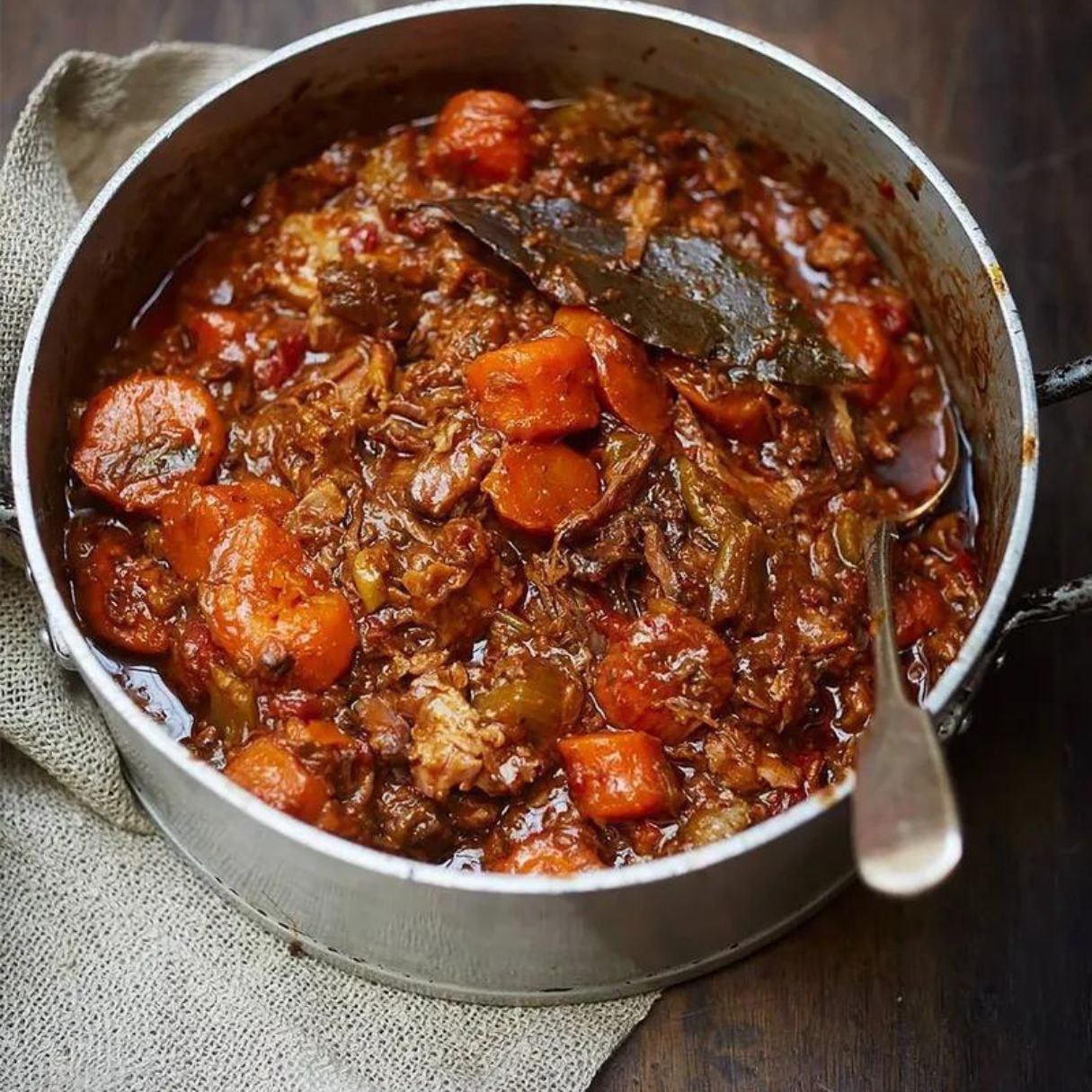
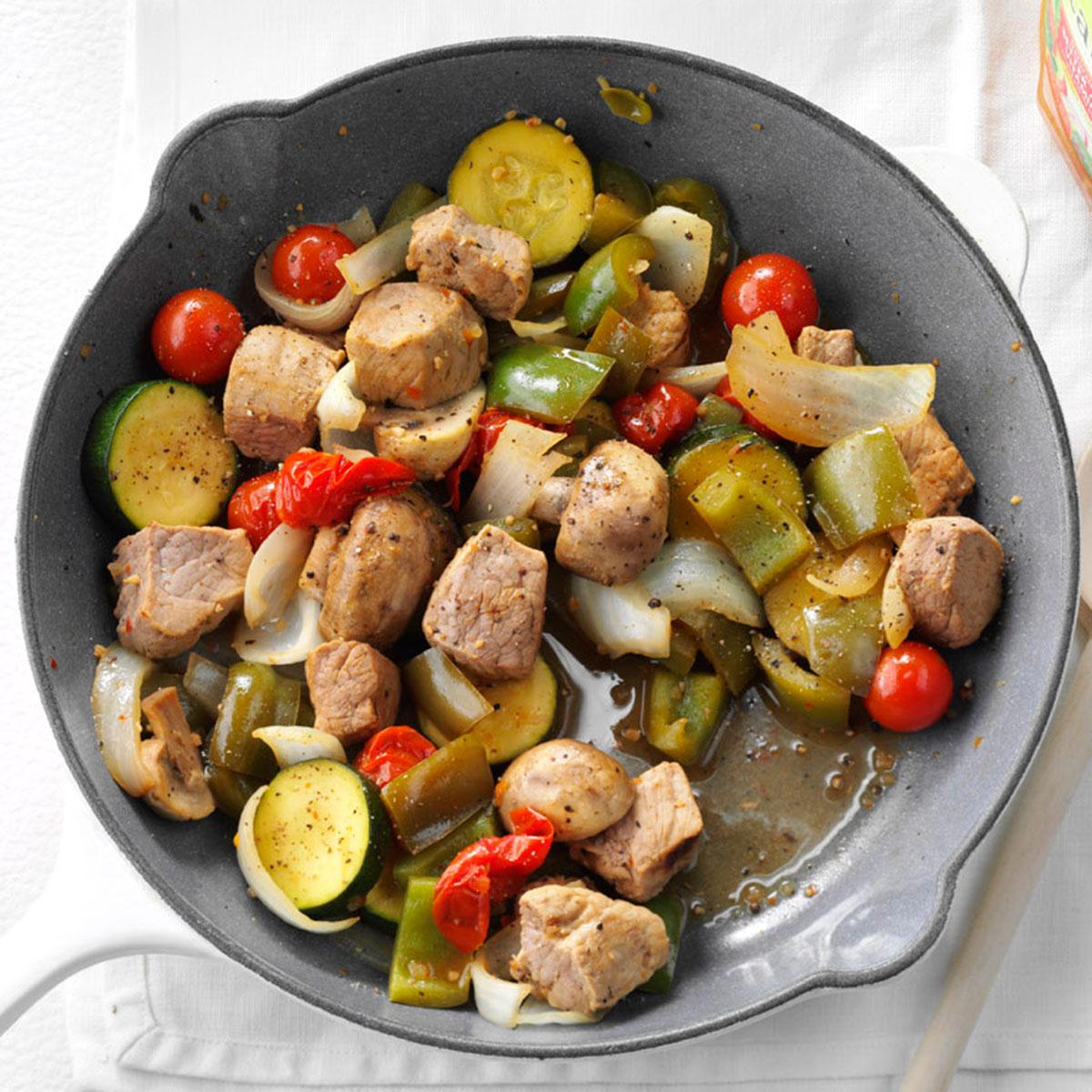
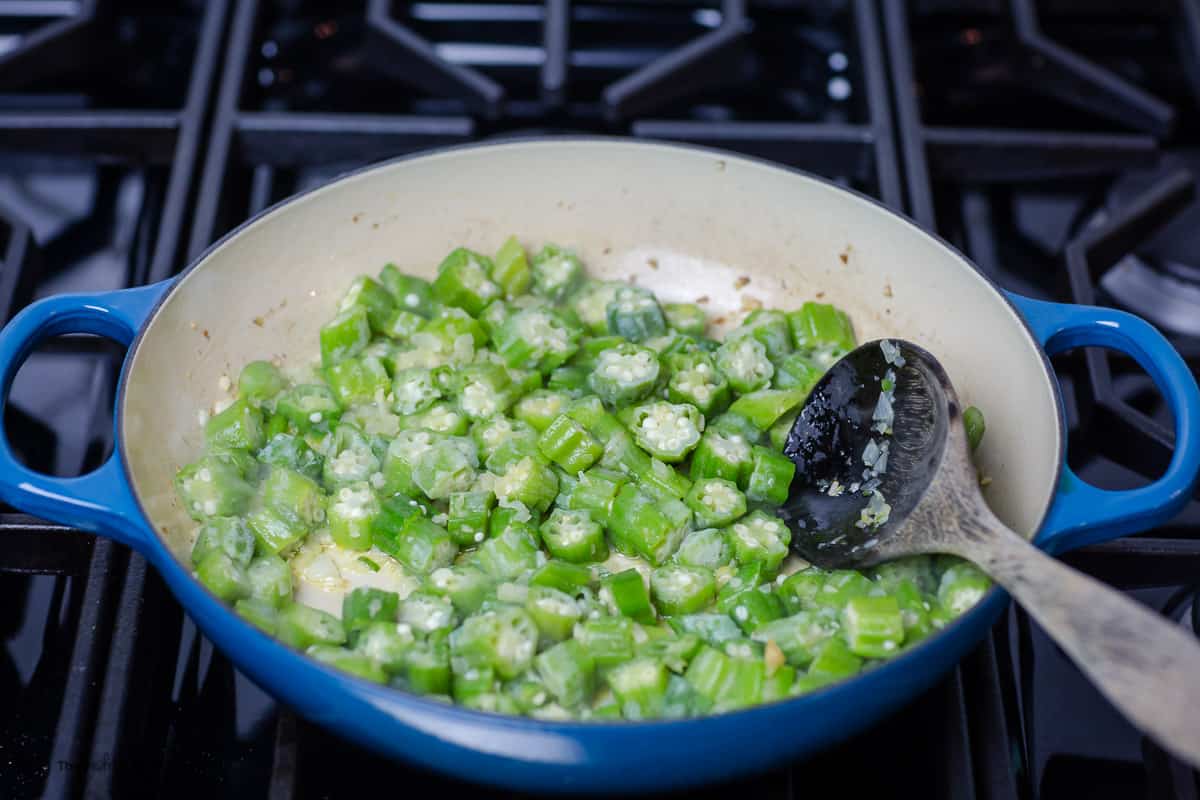
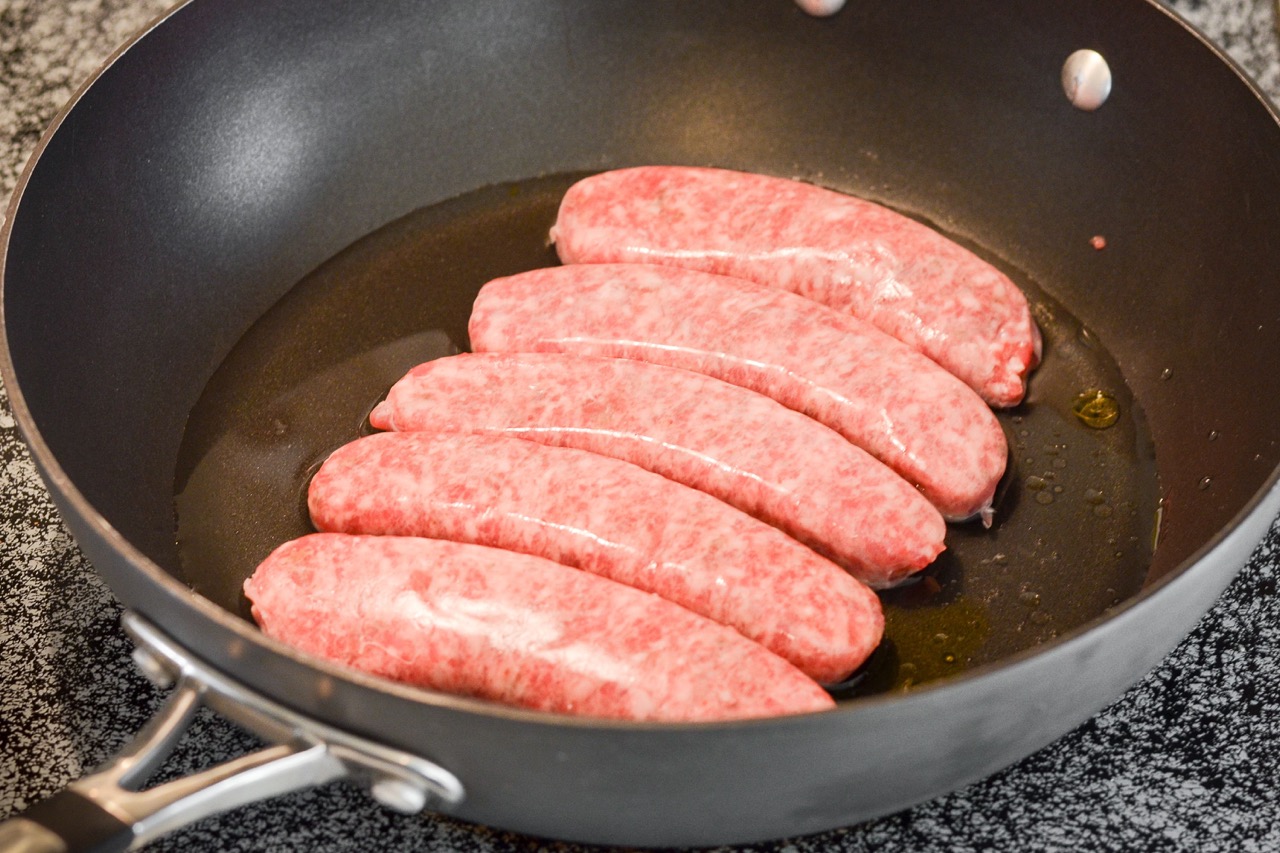
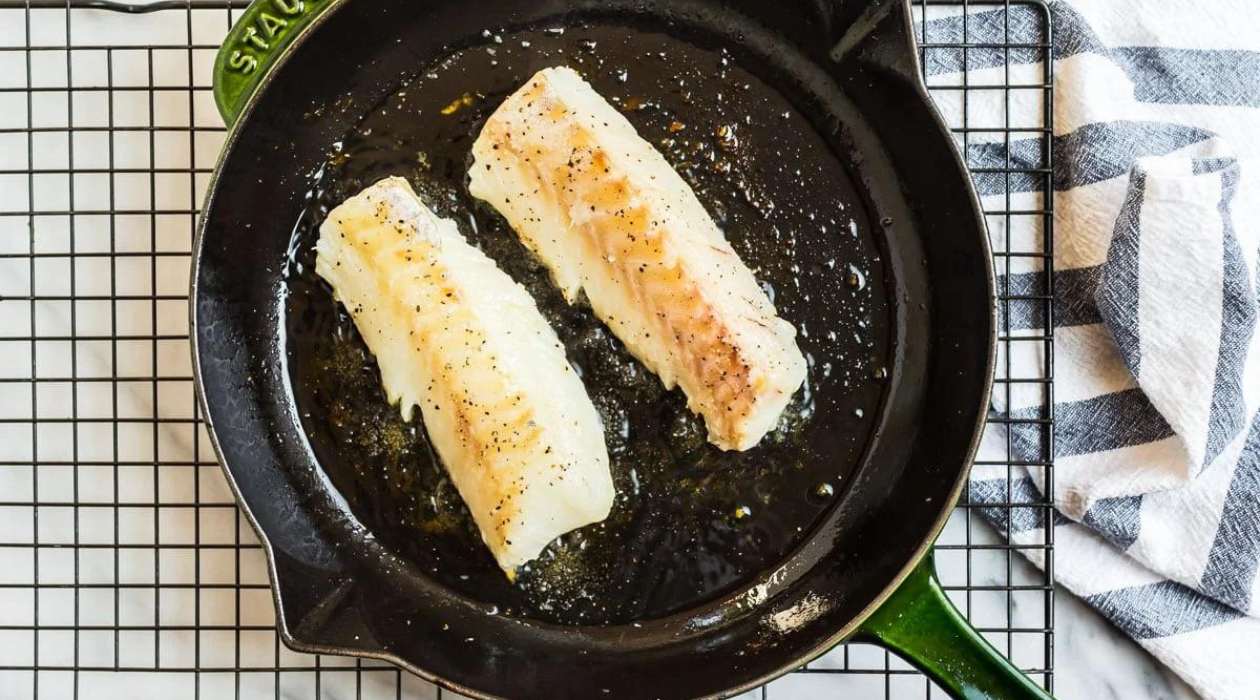
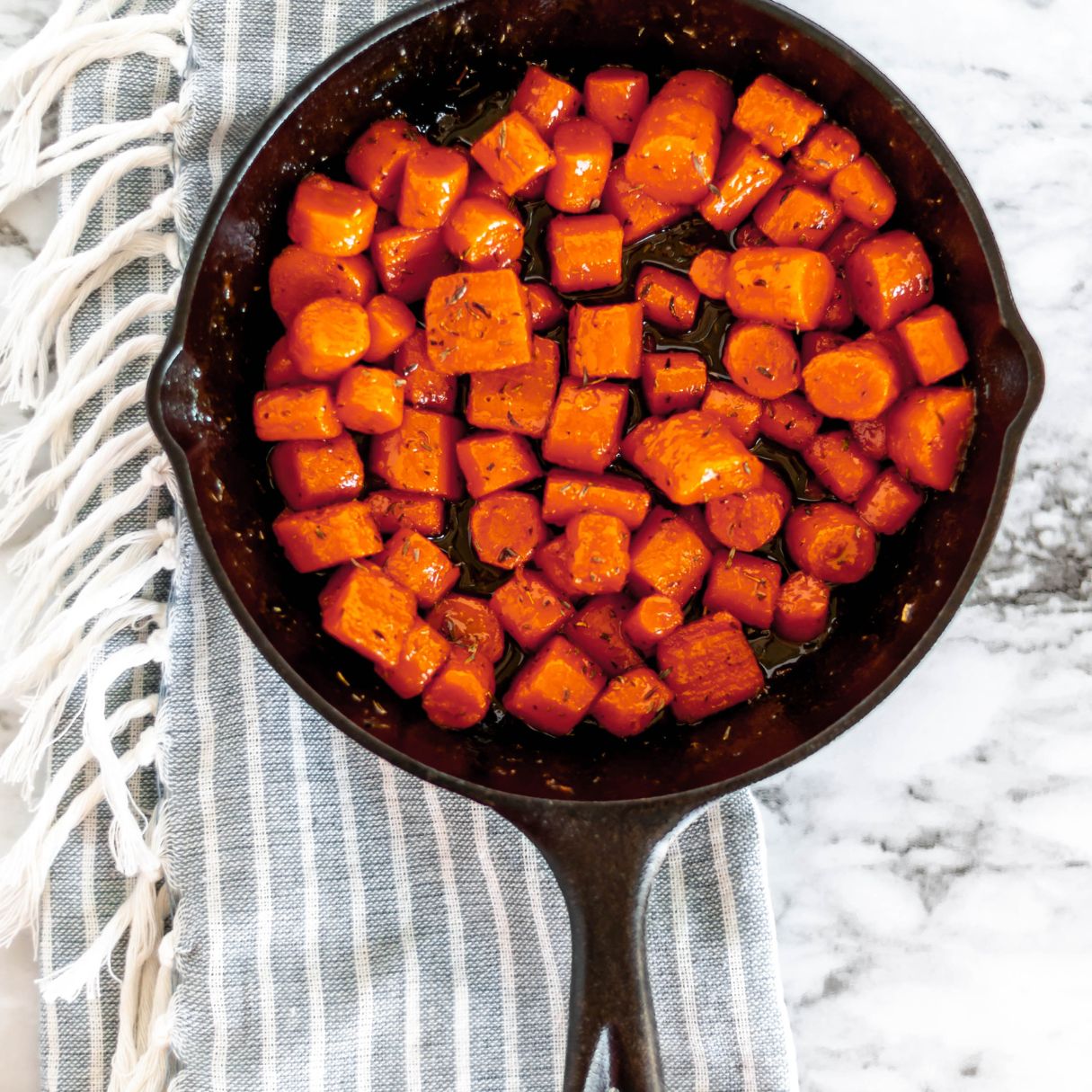

0 thoughts on “How Much Is A Glass Stove Top”